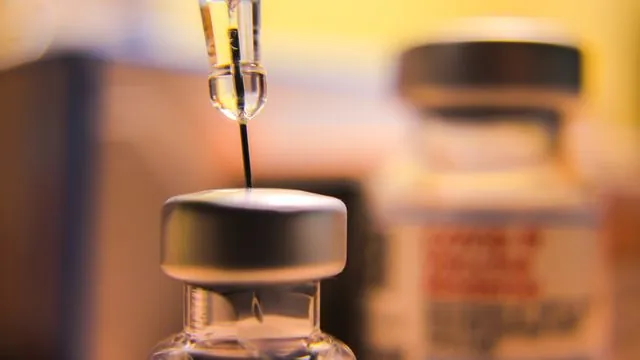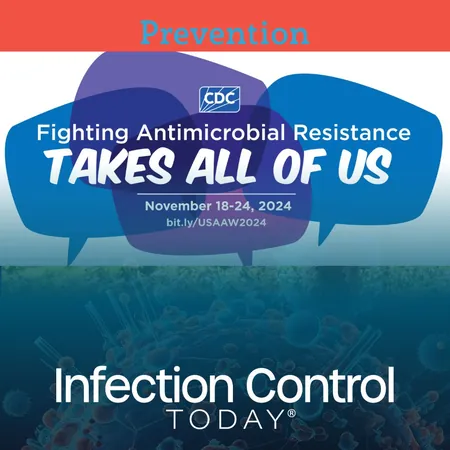
Groundbreaking Study Reveals Dramatic Drop in Cervical Cancer Deaths Among Young Women Linked to HPV Vaccination
2024-11-28
Author: Ming
Introduction
A transformative shift in cervical cancer mortality rates has been observed among women under 25, with researchers at the MUSC Hollings Cancer Center attributing this decline to the widespread HPV vaccination. Their groundbreaking study, published in the prestigious journal JAMA, marks the first significant evidence correlating the HPV vaccine with reduced cervical cancer deaths.
Research Findings
Dr. Ashish Deshmukh, Ph.D., the senior author of the study and co-leader of the Cancer Prevention and Control Research Program at MUSC, stated, "We observed a substantial reduction in mortality—a stunning 62% drop in cervical cancer deaths over the last decade, likely due to HPV vaccination. We cannot think of any other reason that would have contributed to such a marked decline."
HPV and the Vaccine
Human papillomavirus (HPV), which is responsible for nearly all cases of cervical cancer, has been a critical public health issue since the HPV vaccine was rolled out in 2006. Initially, the vaccine was targeted at adolescents, but eligibility has now expanded to include adults up to 45 in specific cases. This extended reach potentially increases its effectiveness in curbing cervical cancer rates even further.
Analysis of Death Rates
Following the introduction of the vaccine, various studies have documented declines in HPV infection rates, precancerous conditions, and cervical cancer incidence. The latest research takes an important step forward by analyzing death rates among this vulnerable age group, capitalizing on the fact that women who were 25 years old in 2021 would have been around 10 years old when the vaccination campaign began.
Cervical Cancer Death Statistics
The researchers meticulously tracked cervical cancer deaths across three-year intervals, revealing sobering statistics. In the 1990s, the number of cervical cancer deaths in women under 25 fluctuated between 50 and 60 for each three-year period. However, by the 2019-2021 period, this number had plummeted to just 13.
Vaccination Rates and Concerns
Despite the positive outlook, experts have raised red flags regarding vaccination rates. The Healthy People 2030 initiative aims for an 80% HPV vaccination rate among adolescents, yet the CDC reported earlier this year that only about 60% of 13 to 15-year-olds have received the recommended doses. Dr. Deshmukh warns, "There has been a decline in HPV vaccination post-COVID-19 within the most recent generation of U.S. adolescents. This is concerning, as a decrease in vaccination uptake could reverse the significant strides we've made."
Conclusion
As we celebrate the achievements brought by the HPV vaccination, the urgency to address falling vaccination rates cannot be overstated. Health authorities, parents, and policymakers must unite to propel awareness and ensure that younger generations are protected against the dangers of HPV and cervical cancer. The fight against cervical cancer is far from over, and maintaining high vaccination rates is essential for safeguarding future women’s health.


 Brasil (PT)
Brasil (PT)
 Canada (EN)
Canada (EN)
 Chile (ES)
Chile (ES)
 España (ES)
España (ES)
 France (FR)
France (FR)
 Hong Kong (EN)
Hong Kong (EN)
 Italia (IT)
Italia (IT)
 日本 (JA)
日本 (JA)
 Magyarország (HU)
Magyarország (HU)
 Norge (NO)
Norge (NO)
 Polska (PL)
Polska (PL)
 Schweiz (DE)
Schweiz (DE)
 Singapore (EN)
Singapore (EN)
 Sverige (SV)
Sverige (SV)
 Suomi (FI)
Suomi (FI)
 Türkiye (TR)
Türkiye (TR)